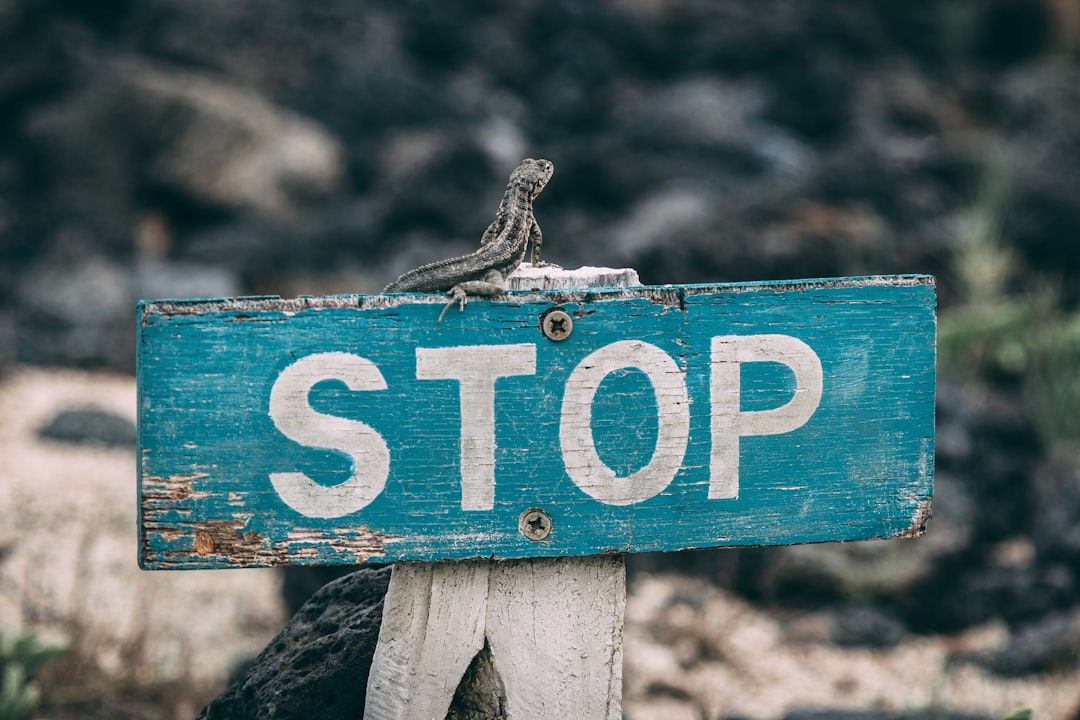Shrinking Products, Growing Profits
The sneaky art of shrinkflation and what can be done to stop it
Picture this - you’re standing in the supermarket, staring at the shelves of your favourite snack. You reach for the familiar bag, feeling a sense of comfort and joy wash over you as you anticipate indulging in your go-to treat.
But as you bring the bag closer, something feels off. The packaging’s the same, the price is the same, but the bag feels lighter in your hand. You take a closer look and realise with a sinking feeling that the quantity has been reduced.
You've been hit by a smooth criminal shrinkflation - a sneaky tactic used by companies to increase profits by reducing the size or quantity of a product while keeping the price the same. It's a frustrating experience that leaves you feeling cheated and disillusioned.
What is shrinkflation?
Shrinkflation is most common in the food and drinks industry. It’s a stealthy form of inflation, where companies dishonestly reduce the size or quantity of their products while keeping the price the same. This eats at your spending power and makes it harder to compare prices.
Examples of shrinkflation
Cadbury
Most people like curves, but don't be fooled by these ones! The UK chocolate company Cadbury was sold to the US-based food giant Kraft in 2010. Since then, Cadbury has reduced its size a number of times. The first was in 2012 when it changed the signature chocolate bar's shape from the traditional square blocks to a flashy new curved design. With this came a hidden downsizing of the much-loved 49-gram chocolate bars to 45 grams.
Subway
Shrinfklation isn't just limited to the supermarket. Subway might want to reword its famous 'eat fresh' slogan to ‘eat less' following reports it's been reducing the amount of meat in its sandwiches across the US. This comes years after two men from New Jersey sued the sandwich chain after visiting 17 different branches and discovering not a single one was actually 12 inches long as advertised.
Dove Soap
Better not drop this soap, because it might just fall straight down the drain! Dove is a repeat offender when it comes to shrinkflation, with the above picture being the most recent example posted on Reddit in 2022. As you can see, the same price in 2019 would have got you a 113g bar of soap, but it in 2022 you only get 90g, a cool 26% shrinfklation in just 3 years!
What causes shrinkflation?
Increasing costs
Whether you call it the ‘cost of living crisis’ or the ‘Putin price hike’, inflation is through the roof at the moment. The cost to make products is a lot higher than it was a few years ago.
If you’re a sneaky company that would rather avoid increasing prices and losing customers to your rivals, why not shrink the quantity a bit and hope most people don’t notice?
Unfortunately for consumers, this is quite an effective albeit unethical solution.
Pressure from stores
In 2022, UK supermarket giant Tesco halted sales of some of the country’s most popular pet food products such as Pedigree when it refused to pass on price increases to its customers.
Look at the bright side, shrinkflation is one way your fat cat can get back in shape!
Stores want to be seen as the cheapest to visit. They often put pressure on suppliers to keep the cost of their products low, threatening to remove them from their shelves if they try to pass increased costs on to their customers.
In an effort to maintain their profit margins, companies might choose to downsize their products rather than lose that precious shelf space.
Competition
Good old-fashioned business rivalry. If I’m Mr Kit Kat and people are buying Twix because it’s a bit cheaper. I can boost my sales by reducing the price but also reducing the size of the bar, giving customers the false impression that my product is cheaper. In reality, they are just paying less money for less chocolate.
In a very competitive market, companies take part in shrinkflation to keep their market share and stay competitive. By reducing the size of their products, companies can offer lower prices without sacrificing profits.
Sneakiness
A company might simply want to increase their profits. A clever but arguably immoral way to do that is to disguise its price increases.
If they keep the price the same but reduce the quantity slightly, their margin and profits increase. That’s as long as people don’t notice - which unfortunately is usually the case!
By quietly reducing the size of their products and keeping the prices the same, companies can effectively raise prices without drawing attention to the increase.
What’s the impact of shrinkflation?
You can’t buy as much anymore
If you're getting less for the same price, then to get as much as you needed before you're going to have to pay more. Shrinkflation isn't limited to fast food and snacks, it happens to household essentials like kitchen towels, cleaning products, and much more.
The effect is the same as inflation, your buying power is reduced, and sometimes you won't notice until it’s too late. At least with price inflation, you can see it happening and react accordingly.
Shrinkflation robs you of your ability to react and afford things.
Damaging brand trust
Shrinkflation is seen as misleading and untrustworthy. When consumers spot it they lose trust in the repeat offenders. The backlash on Reddit towards Dove is a perfect example. From a business’s point of view, this can hurt brand loyalty and customer sales as a result.
Hurting the economy
By eroding purchasing power and reducing consumer spending, shrinkflation can hurt the economy. This can reduce economic growth, which ironically, might reduce inflation when prices come back down. But allowing it to take its course isn't ideal. The effect of a hurting economy on society as a whole is a whole other subject, but it's not good.
How can shrinkflation be stopped?
Consumer advocacy
Customers can continue to speak out about shrinkflation. Put pressure on suppliers and arrange boycotts of brands that shrinkflate. By choosing to support companies that are transparent about their quantity and sizing instead, the dark art of inflation will lose its power.
Transparency
Requiring companies to be more transparent about changes to their products, including any shrinkages in size or quantity, could help to mitigate shrinkflation by making it easier for consumers to notice.
Unit pricing is a good way to do this. By having a price per weight or quantity on the packaging, buyers can compare the true cost of products on the shelves.
Regulations
Introducing regulations that prohibit deceptive practices could help to prevent companies from misleading consumers. However, regulations are probably a bit drastic, shrinkflation can be tackled by people being made aware and taking some simple actions.
What you can do
Check the price and quantity when comparing products. Divide the price by the quantity of the product, and see which is the best value on the shelf.
Avoid brands that use oversized packaging and only fill half of it with their actual product.
When you spot brands shrinkflating, call them out to your friends or online. Go full Karen on them until they have no choice but to know better.









